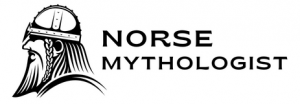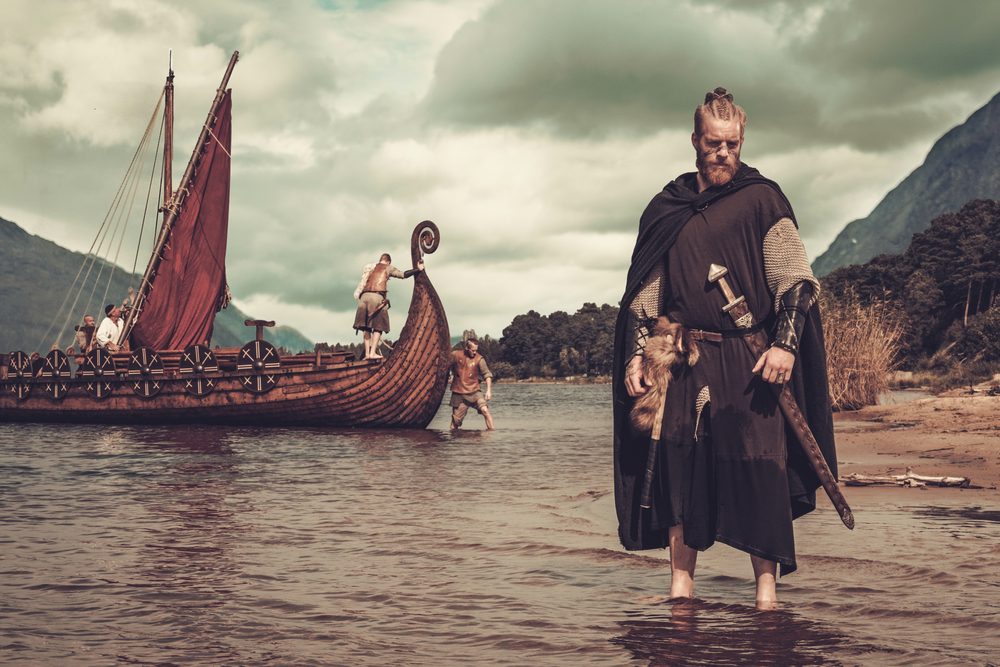The Norse Gaels, also known as Hiberno-Norse, were a mixed group of people that settled in Ireland during the Viking age. These Nordic Vikings adopted much of Celtic and Gaelic culture when they settled in Irish and Scottish regions.
Where did the Norse Gaels come from?
The first Vikings that descended upon Ireland came from Norwegian countries around 795. The Vikings attacked a monastery on Lambay island. They continued their raids until permanent villages were set up in the Irish regions of the Kingdom of Dublin, Isle of Man, and Galloway, Scotland.
So, why did the Vikings raid Irish settlements?
The Vikings knew that Ireland and Scotland were too large to conquer, so most raids were not intended to overthrow their land. According to some scholars, the Vikings often raided Irish monasteries to loot and capture enslaved people in the early days. They later established camps and fortified settlements that continued to grow and prosper.
By the 12th century, there were quite a few Norsemen (also referred to as Ostmen which translates to men from the east) living in Ireland. The original Norse settlers lived separate lives from those of the Irish and Scots, similar to Native Americans living in the United States.
While their community status was segregated from the Irish, their skills in fishing and craftsmanship boosted the local economy, and the Norse Gaels were able to establish a foothold and permanent residency in Ireland.
By the 14th century, these Norse Gaels assimilated into Irish culture. They married Irish residents and absorbed their language, culture, and religion. They were no longer viewed as segregated outsiders.
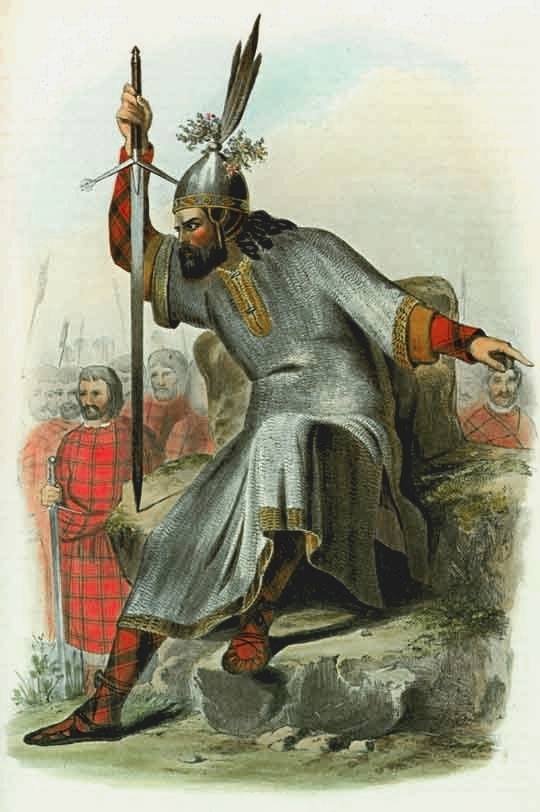
Where Did The Norse Gaels Live?
The earliest Norse-controlled strongholds included Dublin, the Kingdom of the Isles (such as the Hebrides) in the Irish Sea, Isle of Man, and Galloway in the 9th century.
While the Norse tried to retain control of their defenses, these settlements ultimately fell during what is known as the Anglo-Norman invasions. The Norse-controlled guards fell in these areas, but the Norse people remained and later helped establish elite Gaelic warrior classes known as the gallowglass and kerns.
Even after their defenses fell, these Norse-Gaelic descendants of Icelandic Vikings helped establish notable clans, such as Clan MacDougall, Clan MacDonald, and Clan MacLeod.
Settling Vikings primarily lived in coastal regions along the Irish sea, and attempts to push inland were thwarted by indigenous people. The most noted attempt at a land grab was by Ivar the Boneless, but he was unsuccessful. While he enslaved many Picts in the Pictland in Northern Ireland, he failed at any attempt to push his strongholds inland.
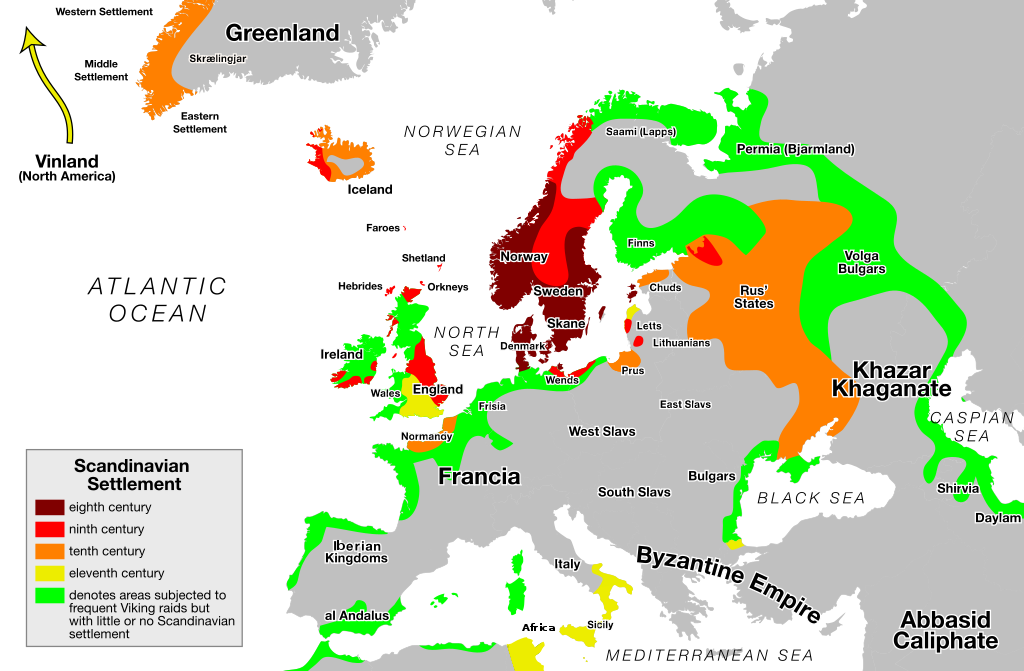
Which Culture Was More Influential Of The Two For the Norse-Gael people?
Once the Vikings arrived in Celtic countries, they dropped many of their Viking roots, including their language and religion. Many Vikings abandoned the Norse gods and adopted Christianity, the region’s predominant religion.
However, the Norse ways were not lost when they settled in Ireland. The battle tactics of the Vikings influenced Irish warfare significantly.
From the Norse Gaels, a class of battle-ready Celtic warriors known as the gallowglass was born. These sea-faring Norse Gaels also helped the Celts build a serious war vessel known as the Birlinn.
*Also, make sure to check my article on Norse Vs. Celtic Mythology.
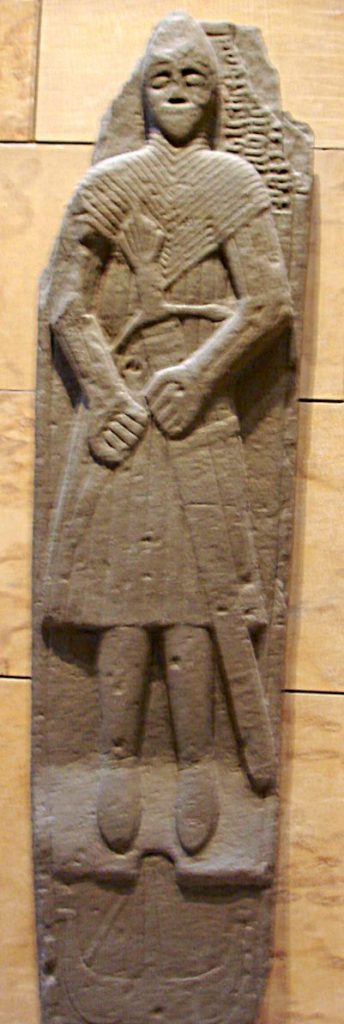
Norse-Gael Influence Today
By the 14th century, many settling Vikings and Scandanavian people married Celtic people and blended into the general population. And while they assimilated into the Celtic culture, echoes of Norse influence still exist in Ireland and Scotland, even today.
Surnames such as MacIvor, McCotter, and MacAskill are Scandanavian. If you were to track these surnames on a modern map, you would find a higher concentration in contemporary cities in Ireland, such as Hebrides and Isle of Man, which is where many of the original Norse settlers landed.
